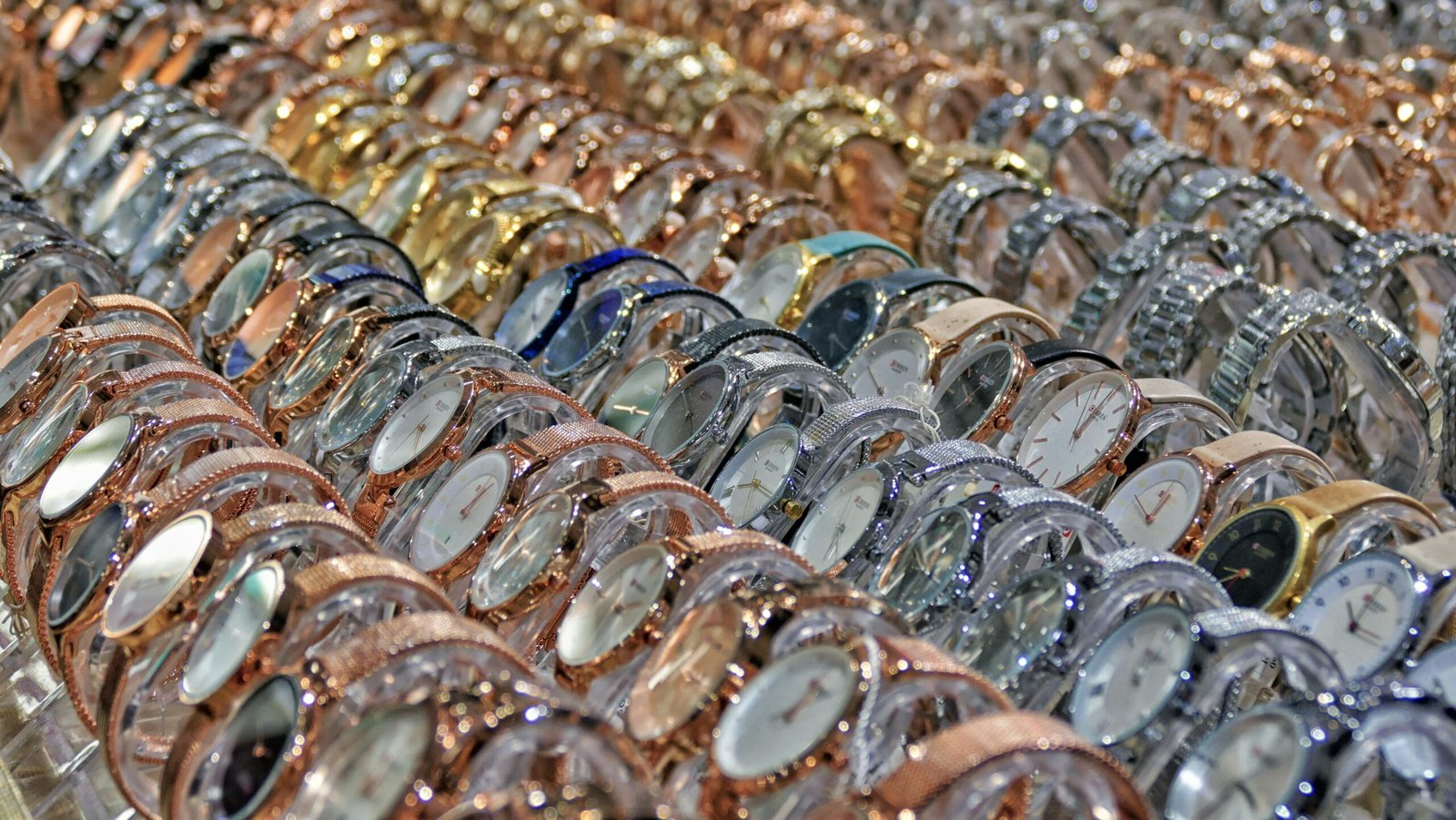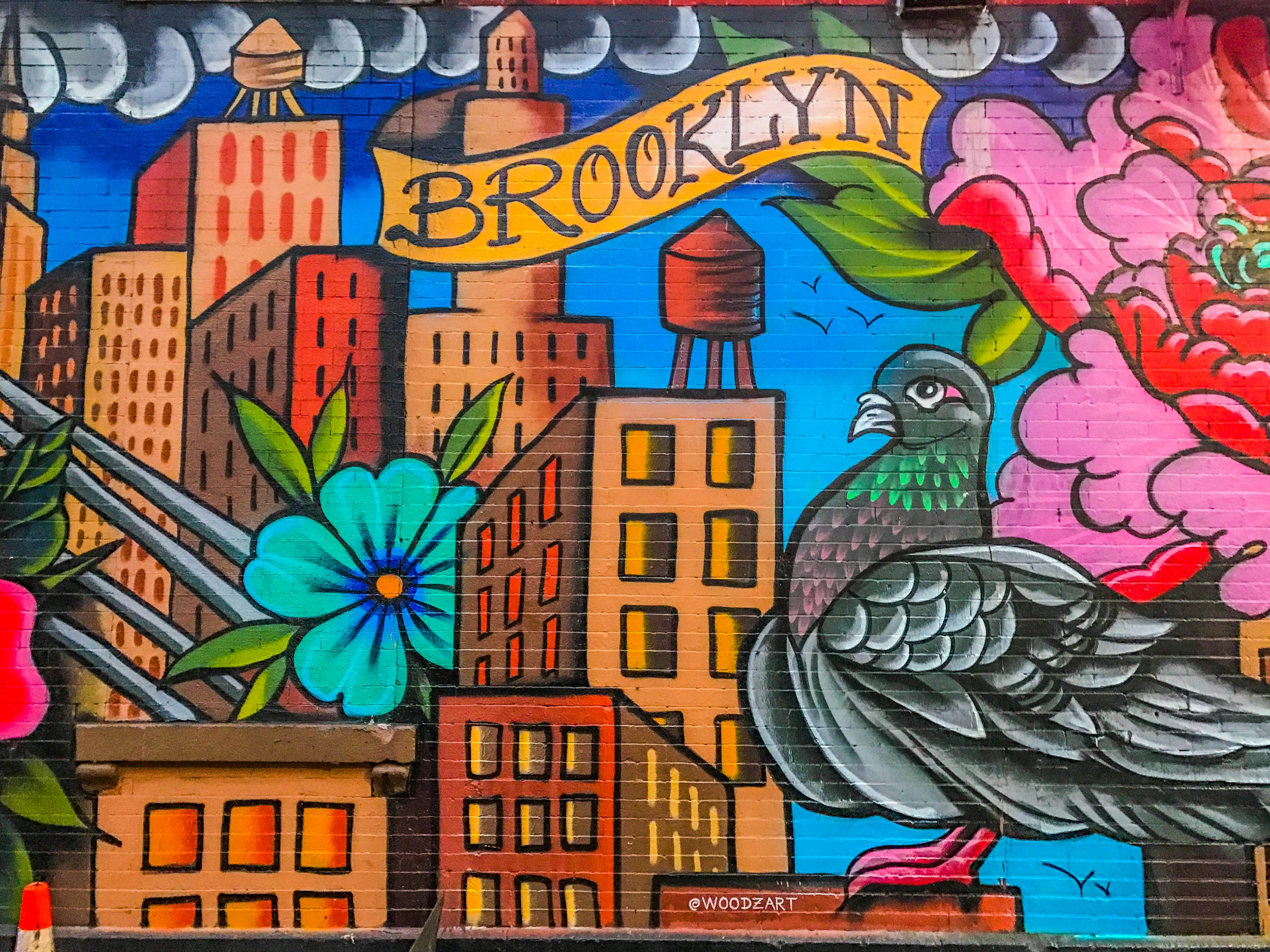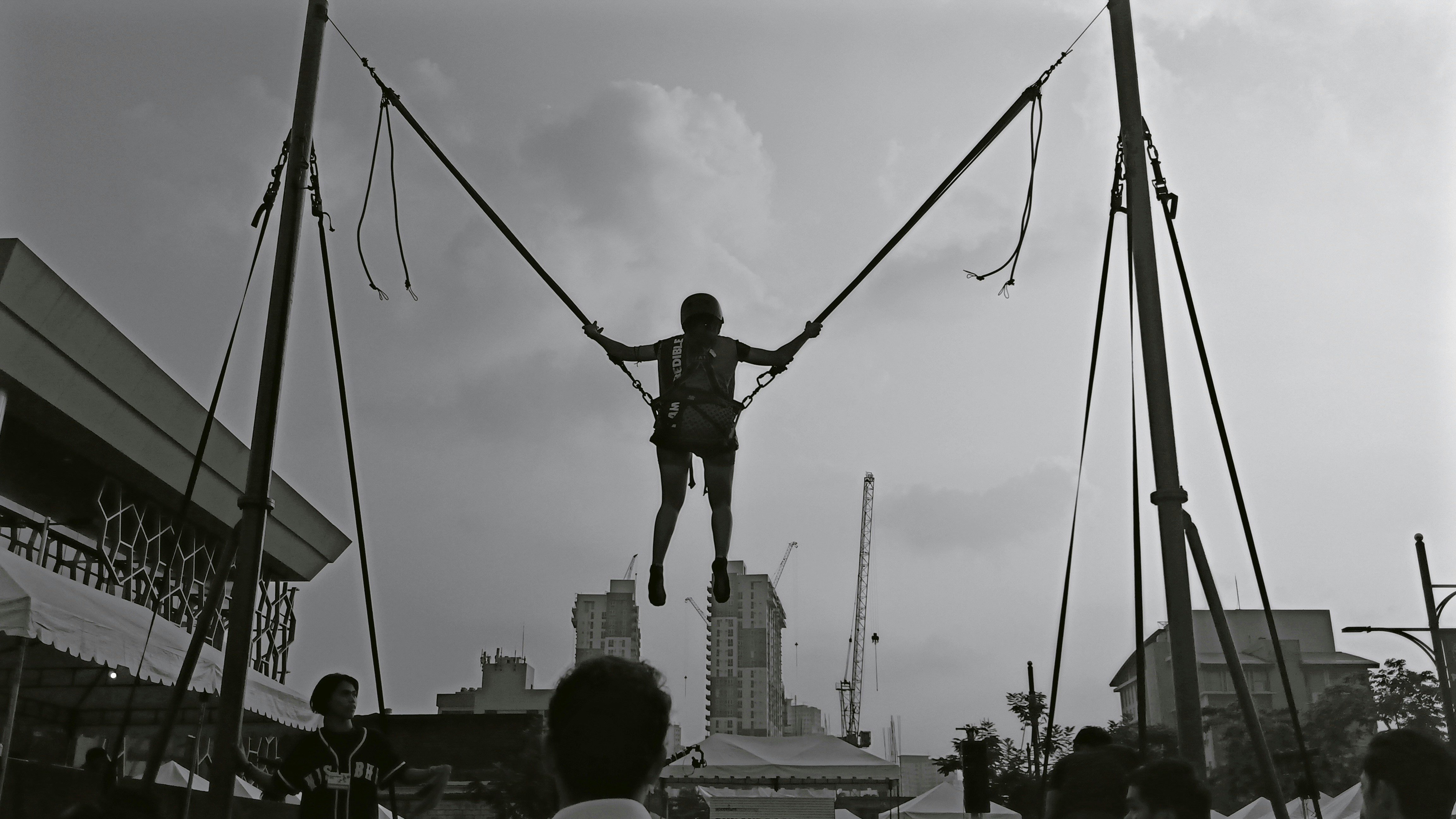Historical Significance and Architecture
Antwerp, one of Belgium’s most prominent cities, boasts a rich history that has significantly influenced its architectural landscape. Initially a thriving trading port during the Middle Ages, Antwerp emerged as a cultural and economic hub in Northern Europe. The city flourished particularly during the Renaissance and Baroque periods, attracting artists, traders, and intellectuals from across the continent. This historical backdrop is essential in understanding the architectural developments that characterize the city today.
One of Antwerp’s most cherished landmarks is the Cathedral of Our Lady (Onze-Lieve-Vrouwekathedraal). Completed in the 16th century, this remarkable Gothic structure stands as a testament to the city’s importance during the Renaissance. The cathedral’s stunning spires and intricate artworks, including masterpieces by the famed painter Peter Paul Rubens, highlight the city’s rich artistic heritage. Its architectural design not only reflects the prevailing Gothic style of the period but also showcases how religious practices influenced urban architecture.
Another architectural marvel is the Antwerp Central Station, often cited as one of the world’s most beautiful train stations. Completed in 1905, the station exemplifies a blend of architectural styles, primarily Beaux-Arts and Neo-Baroque. The grandiose hall, adorned with intricate marble and a remarkable stained-glass dome, signifies the burgeoning industrial age and Antwerp’s role as a vital transportation hub. Its design is emblematic of the city’s aspiration to combine functionality with aesthetic appeal, reflecting the optimism of the early 20th century.
The Town Hall, situated in the heart of the city, is also noteworthy. Built in the late 16th century, its architectural style combines Gothic and Renaissance elements, representing the city’s historical significance as a centre of political power. The intricate façade and ornate towers serve as reminders of Antwerp’s illustrious past. In conclusion, the rich historical significance of Antwerp, coupled with its diverse architectural styles, contributes to the city’s unique character and ongoing allure for visitors.
Diamonds: The City of Gems
Antwerp holds a prominent position in the global diamond trade, widely regarded as the diamond capital of the world. This reputation is steeped in a rich history that dates back several centuries. The city first emerged as a diamond trading hub during the 15th century, growing significantly after the establishment of the Antwerp Diamond Bourse in 1888—an institution that continues to play a critical role in the diamond market today. The Bourse serves as a trading platform for diamond dealers and is a vital engine of the local economy, symbolizing Antwerp’s enduring investment in the diamond industry.
The famed diamond district of Antwerp is a concentrated area where most of the city’s diamond trading takes place. This district is home to numerous diamond dealers, cutting workshops, and jewelry retailers, creating a vibrant ecosystem that attracts traders and buyers from around the globe. Within this square mile, one can find a diverse range of diamonds, from rough stones to exquisite finished products. The presence of both large and small-scale businesses fosters a competitive environment that enhances the overall quality and craftsmanship of diamonds available.
The processes of diamond cutting and trading are central to Antwerp’s identity in the diamond industry. Artisans in the city employ techniques passed down through generations, focusing on precision and quality in every cut. Furthermore, renowned companies based in Antwerp, such as suppliers and manufacturers, contribute significantly to the local diamond economy, ensuring that the city remains a premier destination for both wholesale and retail diamond trading. With its storied history, vibrant diamond district, and dedicated professionals, Antwerp continues to be synonymous with the brilliance and luxury of diamonds, affirming its status as the unrivaled city of gems.
Cultural Influence and Flemish Art
Antwerp has long been a cornerstone of European art, particularly in the realm of Flemish art, playing a pivotal role in its development from the 15th century onwards. This vibrant city was home to a multitude of renowned artists, most notably Peter Paul Rubens and Anthony van Dyck, whose works have left an indelible mark on the art world. Rubens, often hailed as the quintessential Baroque painter, utilized the city as both a backdrop and a source of inspiration, contributing to Antwerp’s reputation as a leading art center during his time. His compositions are characterized by dramatic use of color, movement, and emotional depth, making them enduring masterpieces that resonate with audiences today.
Anthony van Dyck, another luminary of the Flemish Baroque, was also significantly influenced by his time in Antwerp. As a portrait painter, his ability to capture the personality and status of his subjects revolutionized portraiture in the 17th century. His legacy continues to influence artists both locally and internationally, solidifying Antwerp’s standing as a hub for artistic talent.
The Royal Museum of Fine Arts, a key institution in Antwerp, houses an impressive collection of works by Flemish masters, showcasing the rich history and evolution of the city’s art scene. Additionally, the Rubenshuis – a museum dedicated to Peter Paul Rubens – offers visitors an intimate glimpse into the life and creative processes of this remarkable artist. This institution not only displays his renowned paintings but also hosts various exhibitions that enrich the cultural discourse surrounding Flemish art.
Beyond individual artists and institutions, Antwerp boasts a dynamic arts community, characterized by numerous cultural events and festivals throughout the year. These gatherings celebrate both classic and contemporary art, drawing local and international attention to the city. In essence, Antwerp’s cultural influence is profound, weaving together the past and the present, and fostering a vibrant environment for both artists and art lovers alike.
Culinary Delights and Local Experiences
Antwerp’s culinary scene is a vibrant tapestry woven from the influences of various cultures and traditions. The city is renowned for its local specialties that reflect its rich history and its position as a melting pot. Visitors can explore a plethora of flavors that characterize Antwerp’s gastronomy, from artisanal chocolates to fresh seafood, and iconic Belgian waffles. One cannot speak of Antwerp’s food offerings without highlighting its delectable frites, often served with an array of homemade sauces, that have been cherished by locals and visitors alike for generations.
A visit to Antwerp would be incomplete without exploring its famous eateries. Renowned restaurants like ‘The Jane’ and ‘Nuoc’ are celebrated for their innovative takes on traditional Belgian cuisine, often incorporating ingredients from diverse culinary backgrounds. In addition to upscale dining, the city’s numerous bistros and cafés offer a more casual setting where patrons can enjoy classic dishes such as stoofvlees, a hearty beef stew, or waterzooi, a creamy chicken or fish stew. These establishments not only serve delectable meals but also foster an atmosphere that invites conversation and connection, crucial components of the culinary experience.
Markets play a vital role in Antwerp’s food culture as well. The Christmas Market, with its festive ambiance, features local vendors selling everything from spiced mulled wine to artisanal cheeses, showcasing the best of Belgian produce. Similarly, the Sunday Market transforms the city into a gastronomic delight where locals gather to find fresh ingredients and ready-to-eat delicacies. Not to be missed are the local brews, particularly the renowned Belgian beers, which range from the fruity flavors of lambics to the robust notes of Trappist ales. Sampling these beverages alongside local delicacies offers insight into Antwerp’s rich tradition of brewing that dates back centuries.
Food-related experiences in Antwerp, such as cooking classes or brewery tours, further emphasize the city’s commitment to culinary excellence. These experiences allow visitors to immerse themselves in Antwerp’s food culture, forming lasting memories while savoring the authentic flavors unique to this Belgian gem.





